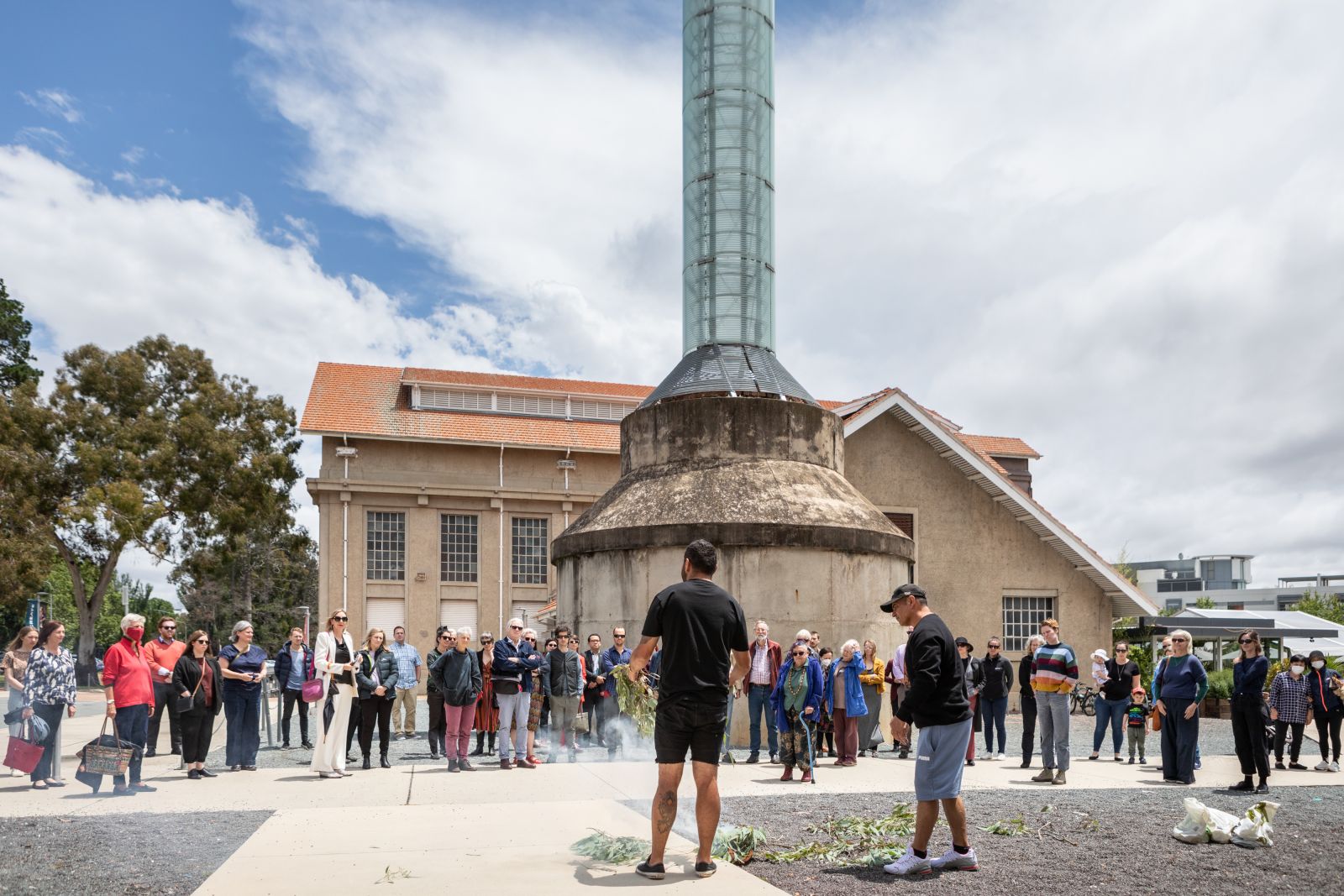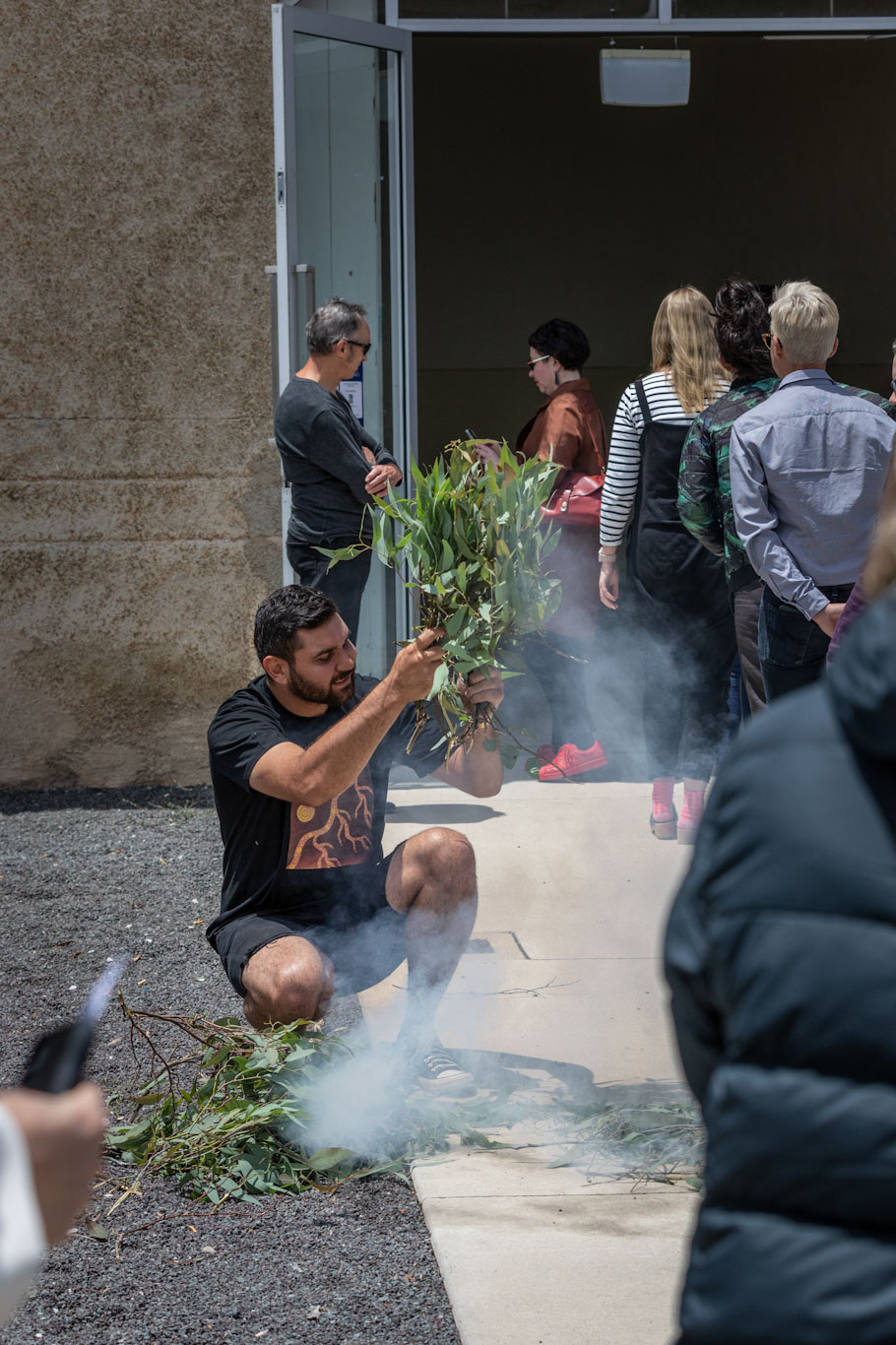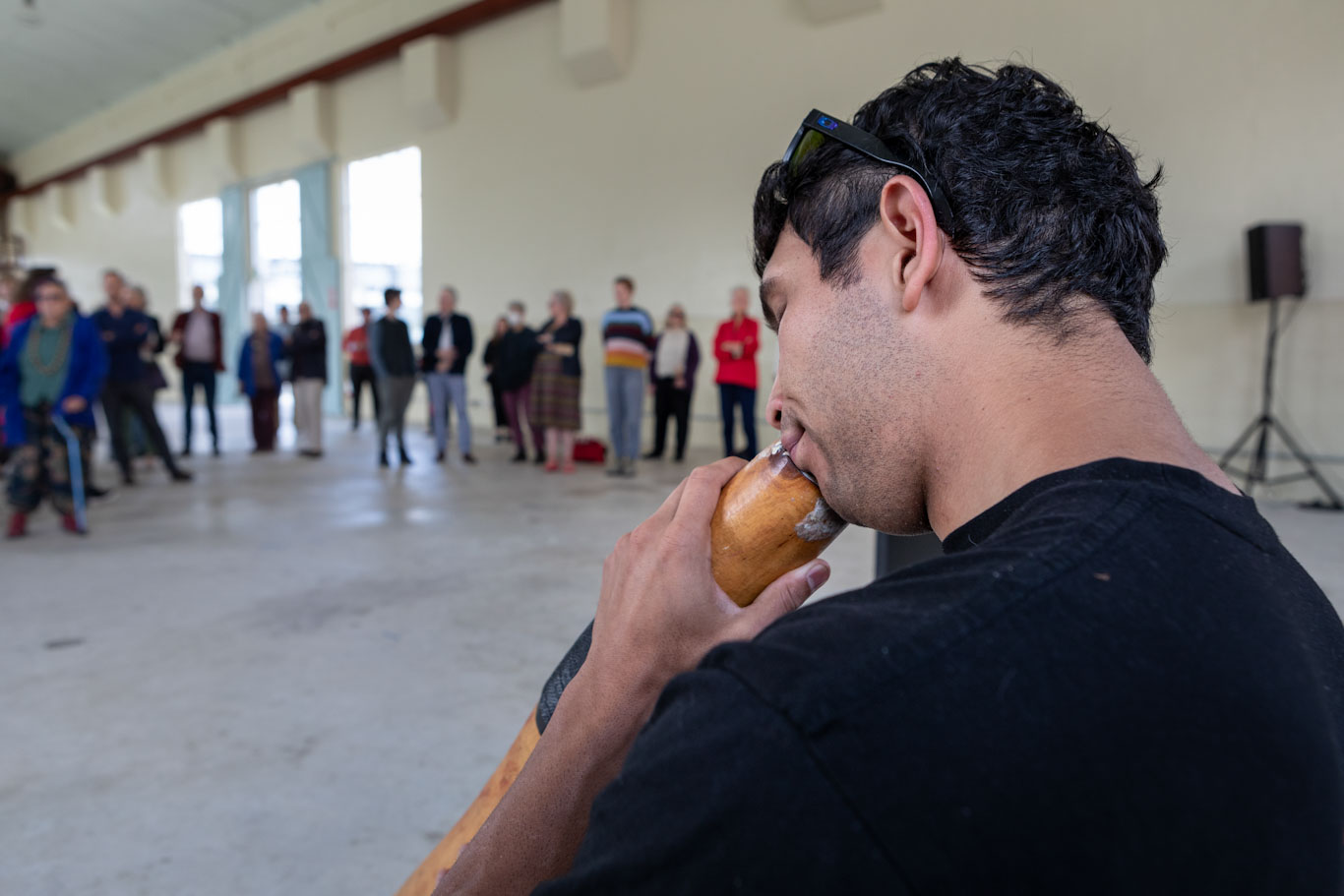A leading destination for visitors and locals to explore
The ACT Government is moving forward with the development of the Kingston Arts Precinct. Following extensive community and stakeholder engagement, SLA has progressed the Subdivision Design to conclude the last stage of the Kingston Foreshore.
The Arts Precinct and mixed-use development form part of an integrated precinct located at Section 49 Kingston (bound by Eastlake Parade and Wentworth Avenue and on the eastern edge of Telopea Park).
We acknowledge that this site which we plan to redevelop is on Ngunnawal Country. The Ngunnawal are the Traditional Custodians of this region and its first inhabitants. We will continue to work in close cooperation with the Ngunnawal community where this place remains as a meeting place for all.

Welcome to Country

Welcome to Country

Current work
The Subdivision Design Application (SDA) has been lodged and SLA is now awaiting feedback. The Kingston Arts Precinct is located on Section 49 Kingston, which is zoned for mixed-use development. The Arts Precinct is one part of the broader development.
Approval of the SDA is expected in early 2026 which will facilitate future Building and Siting Development Applications for the Arts Precinct and development that will include housing.

Next steps
Following the Territory Planning Authority’s assessment of the SDA, SLA will progress to preparing the mixed-use land for release.
Infrastructure Canberra (iCBR) will progress with the planning and delivery of the Territory Assets, which will comprise the Arts Precinct section and public amenities.
We look forward to keeping the community updated with progress on this exciting development in the coming months.


